Need help? Call us:
- Questions? Call us toll-free +1-800-520-5726
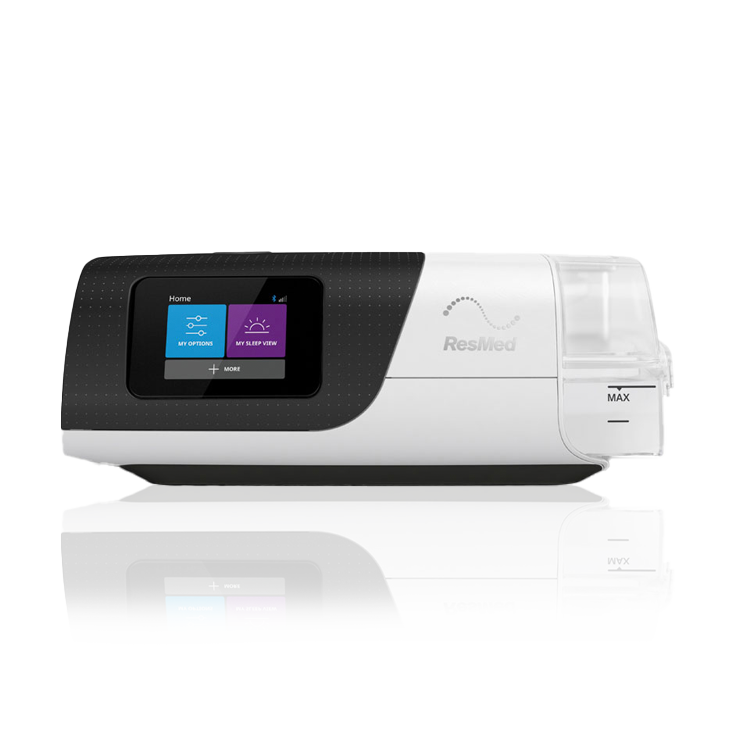
CPAP Masks Finder
Discover your perfect mask fit
- Portable Oxygen
- Home Oxygen
- Oxygen Accessories
- CPAP Machines
- CPAP Supplies
- CPAP Masks
- Mobility
- Bathroom Safety
- Pediatrics
- New Arrivals
COPD Lexicon and What You Need to Know
COPD Lexicon and What You Need to Know

Going to the doctors can be overwhelming and stressful if you do not understand the terms they are using. It would be easier if they use layman??s terms so you could understand your own health.
We pulled together common terms used for COPD patients, so you can understand your trip to the doctor??s office.
It is important to understand terms used for your disease, that way you have a better understanding of it.
{{cta(‘155910633031’)}}
Acapella: this is a small device that helps loosen mucus with vibrations, it can be used sitting, standing, etc
Acute: sudden or abruptly onset
Advance Directives: written statement of a patients medical treatment wishes, including a living will
Adverse: harmful effect from medication or treatment
Allergen: what causes an allergic reaction (i.e. dust or pollen)
Allergies/Allergy: hypersensitivity to an allergen, immune response to an allergen
Alpha-1 Antitrypsin Deficiency: your body makes AAT, when you have Alpha-1 Deficiency your liver makes the proteins a different shape and it can take more time or get stuck when attempting to get to the lungs
Alveoli: tiny air sacs in the lungs allowing gas exchange
Antibiotic: medication that hinders the growth of or kills microorganisms
Anticholinergics: medication that blocks acetylcholine, acetylcholine is a neurotransmitter that send signals between cells to tell your body what it needs to do
Antihistamine: medication that is used to prevent or hinder allergens
Anti-Inflammatory: medication used to reduce inflammation
Apnea: a pause in breathing, normally during sleep
Arterial Blood Gas Test: after blood is drawn it is tested to check the levels of oxygen, carbon dioxide and pH levels
Atelectasis: part or fully collapsed lung
Asthma: spasms of the bronchi in the lungs, which can cause a difficulty breathing
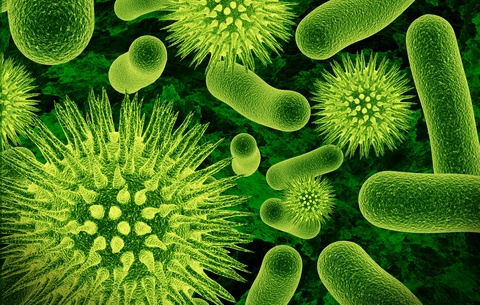
Bacteria: a small microorganism that is found everywhere, some can cause infection, or be beneficial
Beta-Agonists: medication that relax the muscles in the airways and open the airways
BiPAP: bilevel positive airways pressure, a ventilator used to help you breathe
Black Pigment: what the soot covered lungs are called
Blebs: small subpleural (between the pleura and body wall) thin walled air containing spaces
Bronchial Tubes: the two main branches that bring the air into the lungs
Bronchioles: the small branches of air in the lungs, connect the alveoli
Bronchitis: inflammation in the bronchial tubes
Bronchodilator: medication that causes relaxation of the bronchial muscles, widening of the bronchi
Bronchospasm: spasm of the bronchial muscles, narrowing the bronchi
Bullae: increased air space in the lungs, larger than 1 cm, normally in the lung and can compress the healthy tissue
Cannula: a small tube used to administer medication as well as drain fluid or insert a surgical instrument, normally inserted into a body cavity, duct or vessel
Carbon Dioxide (CO2): a gas produced by respiration and burning carbon and organic compounds
Carcinogen: a substance that can cause cancer
Chronic: an illness persisting for a long period of time or reoccurring
CPAP: continuous positive airway pressure, mainly used at night
Clinical Trials: research programs with patient evaluations on new medications, treatments or a device
Close Mouth Technique: a method to inhale medication from an inhaler
Compressed Oxygen: medical oxygen in a pressurized tank
Contraindication: a condition that a treatment plan can cause harm
Controlled Cough: a technique that is a cough from deep inside, and it works its way up to loosen mucus
COPD: chronic obstructive pulmonary disease, broad term for multiple lung diseases
CPR: cardiopulmonary resuscitation, used to bring heart and lung action back to the body
Decongestant: medication that lessens how swollen the nasal tissue gets, as well as congestion and secretion
Dehydration: when the body lacks water
Diaphragm: below the lungs, a large muscle that helps the lungs breathe
Diaphragmic Breathing: practice that helps train your body how to breathe correctly and use less energy
Diffusion Capacity: measurement of how much oxygen gets from your lungs into your bloodstream
Diuretic: medication used to reduce fluid in the body and produce more urine
Dyspnea: shortness of breath
Edema: swelling in the legs, ankles and feet
EKG: an electrocardiogram is a tracing of the hearts electrical activity
Emphysema: the walls of the alveoli begin to break down and cannot exchange oxygen and CO2 between the lungs and blood
Exacerbation: worsening
Expectorant: medication that can help thin mucus in the airways, making it easier to cough up
EzPAP: small device used to keep airways open
Exhalation: breathing air out of the lungs
Flutter Valve: small device used to loosen mucus through vibrations
Heart Failure: a condition where the heart muscles begin to weaken, making it hard for the heart to pump blood throughout the body
HEPA: high efficiency particulate air filter
High Blood Pressure: higher pressure of blood against the blood vessels
Histamine: a substance that is released by your immune system when exposed to an allergen
Holding Chamber: a device (similar to a tube) that is used with an inhaler
Humidification: filling the air with more water molecules
Hyperventilation: excessive breathing
Hypoxia: low oxygen in the body??s tissue
Immune System: the body??s defense against foreign substances and bacteria
IAQ: indoor air quality
Incentive Spirometer: a device that promotes deep inhalation, to expand the lungs and help with coughing
Inflammation: body??s response that can cause swelling and redness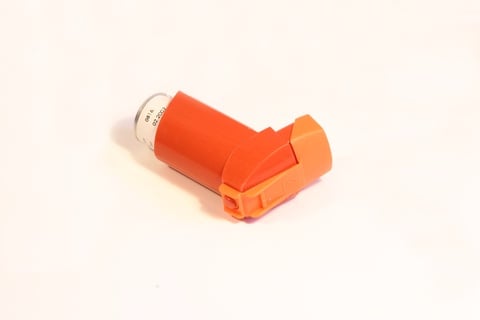
Inhaler: small compressed medication used to distribute medication in a mist form
Inspiration: breathing in air
Intubation: placing a tube in the trachea to force breathing, used in many emergency situations
I/E Ratio: inhalation to exhalation ratio
Irritant: something that can cause inflammation or discomfort
Leukotriene Modifier: medication used to treat asthma symptoms
Living Will: a written statement for a person and their wishes towards medical treatments in situations where they are no longer able to express consent
Liquid Oxygen: compressed oxygen cooled off
Lung Volume: the amount of air the lungs can hold
LVRS: lung volume reduction surgery
Lung Transplant: surgery to remove one of both lungs that are no longer functioning and replace them with healthy lungs from a donor
Maximal Oxygen Uptake: the maximum amount of oxygen your body uses during a period of exercise
Medical History: the past and present health information on a patient, including medications, surgeries and family history
Metered Dose Inhaler: medication delivered through an inhaler, only to give off a standard dose
Mucolytic Agent: medication used to reduce the amount of mucus
Mucus: clear secretion from the mucous membrane
Nasal Cannula: tubing used to deliver supplemental oxygen to the patient through the nose
Nasal Spray: medication used for allergies and congestion
Nebulizer: medication delivered in the form of a mist and is inhaled into the lungs
Non-Steroidal: medication that has no steroids involved, such as aspirin or ibuprofen
Open-Mouth Technique: used to inhale medication from a metered dose inhaler
Orthopnea: breathing difficulty due to body position
Oxygen: colorless, odorless gas, life-sustaining, can be prescribed if not enough oxygen is getting to the lungs
Oxygen Concentrator: a device used to pull oxygen from the surrounding air and deliver it through nasal cannula
PEP: small device used to help the airways from closing, pressurized and helps with exhaling
Peak Expiratory Flow Rate: test given to see how fast air can be expelled from your lungs
Pharynx: back of the throat, extending from the nasal cavity to the esophagus
Pneumonia: sudden inflammation in one or both of the lungs, can occur with bronchitis
Pollen: small protein particles in the air, derived from trees, grass, flowers and weeds
Postural Drainage: using a certain posture or position to help gravity drain mucus from the lungs
Productive Cough: a cough that produces mucus
Puffer: another term for an inhaler
Pulmonary Function Tests (PFT): tests used to measure how well air is moving in and out of the lungs, as well as getting oxygen into the blood stream
Pulmonary Hypertension: lung disorder that affects the arteries in the lungs, making them narrowed and harder for blood to flow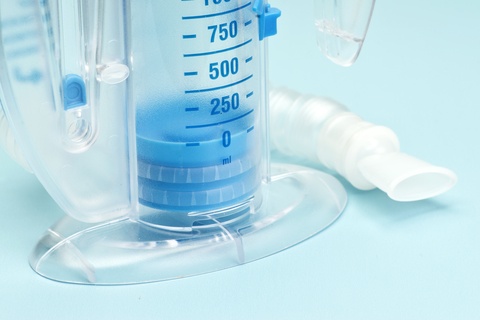
Pulmonary Rehabilitation: used to help breathing, can be from treatment, exercise, education or counseling
Pulmonologist: doctor who specializes in lungs and lung diseases
Pulse Oximeter: test that measures the oxygen in the blood through a non-invasive clip that attaches to the finger
Pursed-Lip Breathing: inhaling through the nose, exhaling through the mouth as if you are blowing out a candle
Relapse: return of symptoms after a period of time that was improvement
Residual Volume: air left in the lungs after exhaling
Respiration: breathing process that involves exchanging of gases in the blood (oxygen to CO2)
Respiratory Failure: the lack of oxygen delivery or carbon dioxide removal in the lungs
Respiratory Rate: breaths per minute
Respiratory Therapist/Therapy: professional treatment for respiratory diseases
Sedentary: minimal to no physical activity
Sleep Apnea: a disorder that occurs during sleep that can stop breathing from 10 seconds to about a minute
Spacer: used with a metered dose inhaler, it is to help pressing the inhaler and breathing in the medication
Spirometry: test used to measure air in the lungs after breathing in as much as possible
Sputum: mucus
Stenting/Stent: a process of inserting a wire tube (stent) into damaged blood vessels to keep them open and flowing
{{cta(‘155910633392’)}}
Steroid: medication that can reduce swelling and inflammation
Theophylline: medication to open airways and can help prevent airways spasms, night-time cough and shortness of breath
Thera Pep: small device used to keep airways open and prevent lungs from collapsing
Thorax: the middle of the body (between neck and abdomen) that includes the cavity surrounded by the ribs, breastbone, and dorsal vertebrae, as well as all the organs, also known as the chest
Tidal Volume: the amount of air inhaled and exhaled during regular breathing (in a respiratory cycle)
Total Lung Capacity Test: test used to measure remaining air in the lungs after inhalation
Trachea: the ??wind pipe?, providing air to the lungs
Tracheostomy: surgery to create a hole in the front of the neck to allow air to flow
Vaccine: medication injected to prevent infection
Ventilator: breathing machine used to move air into and out of the lungs for those who cannot breathe on their own or struggle to breathe
Virus: smaller than bacteria, a virus will attach to a living cell and reproduces, this can cause an infection, such as the common cold
Vital Capacity: the maximum amount of air that can be expelled from the lungs after the maximum inhalation
Wheezing: a whistling noise made by the airways during breathing, normally caused by narrow or obstructed airways
You can download the PDF here to print and bring with you to the doctor or keep on your fridge at home.


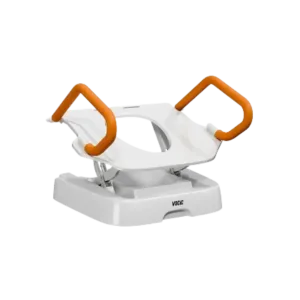
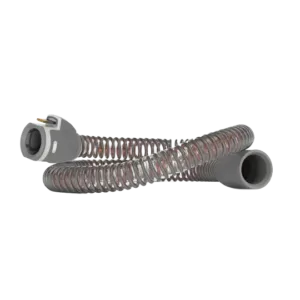
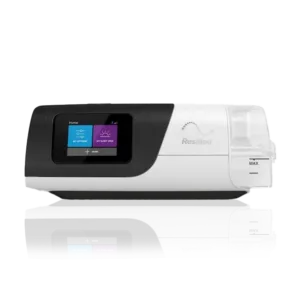
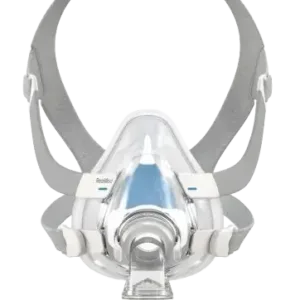
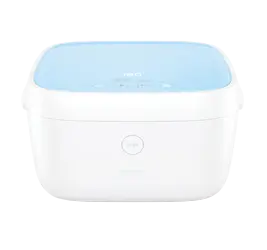

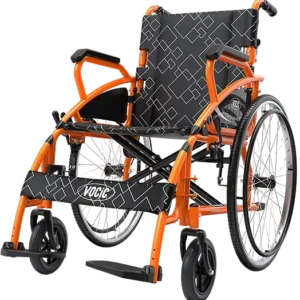
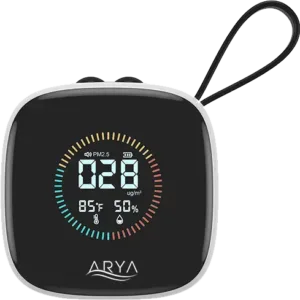
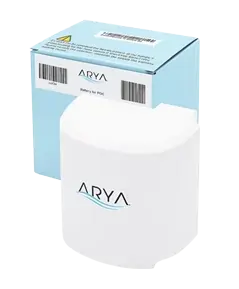
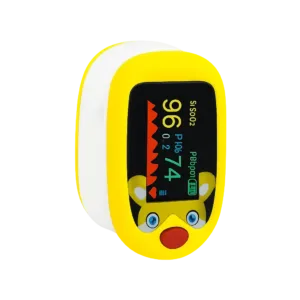
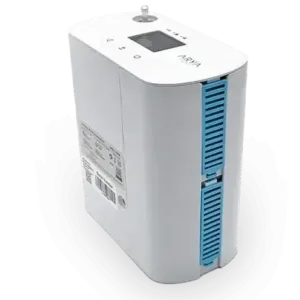


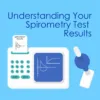
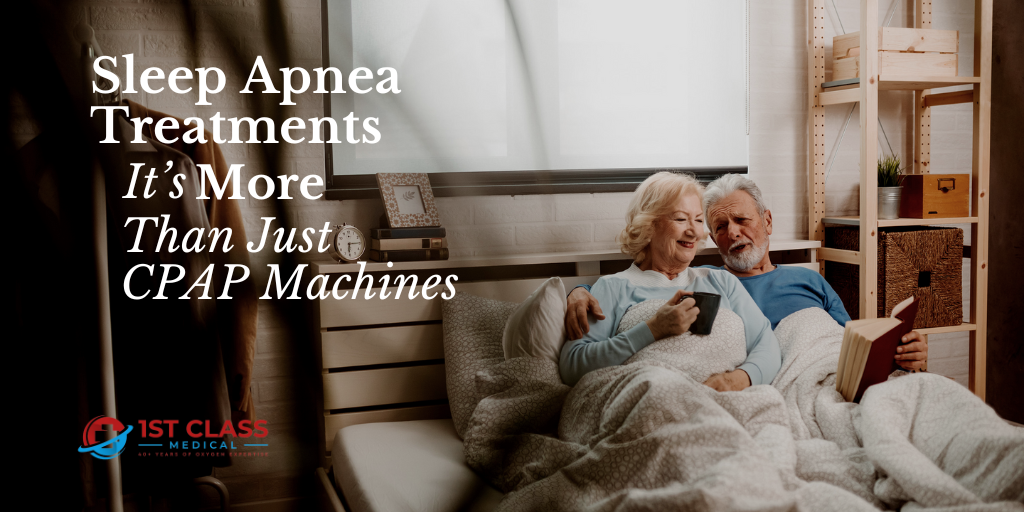

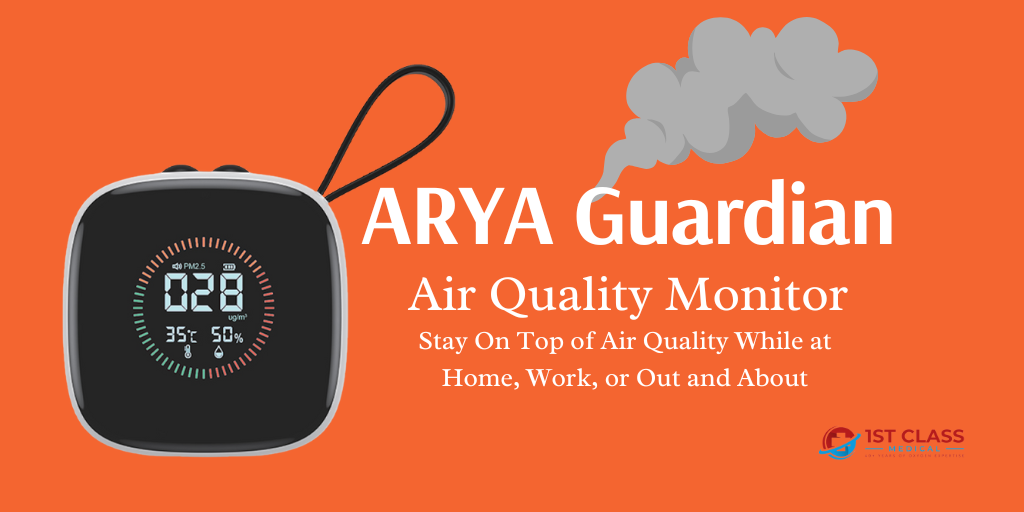
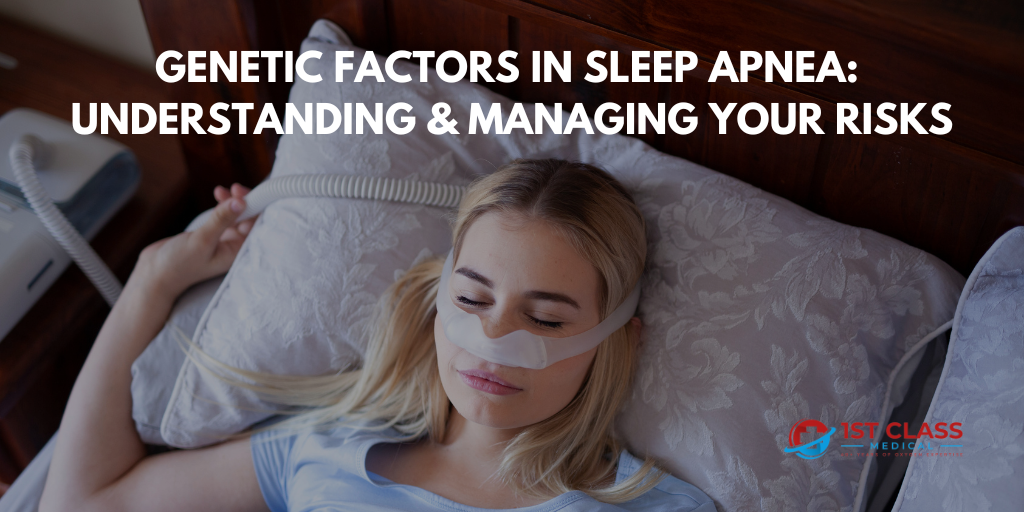
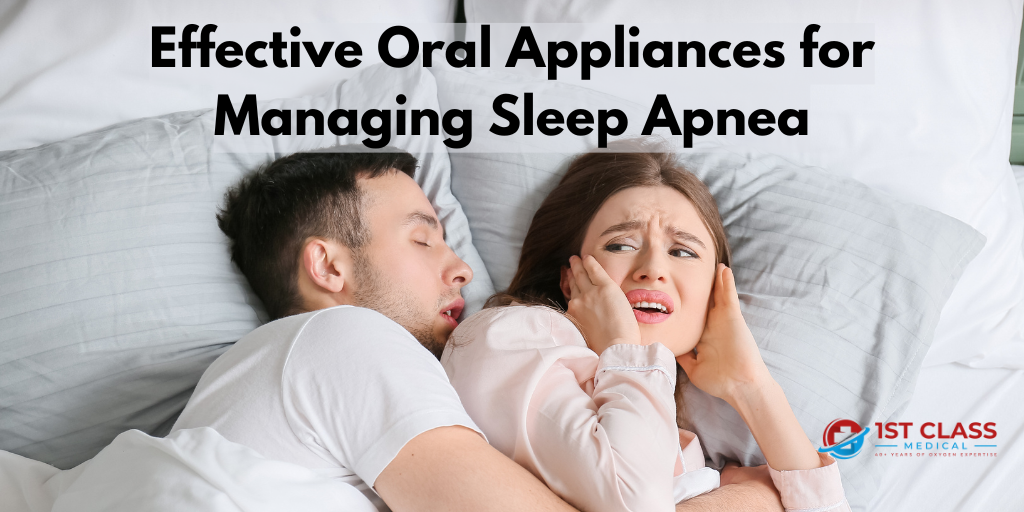
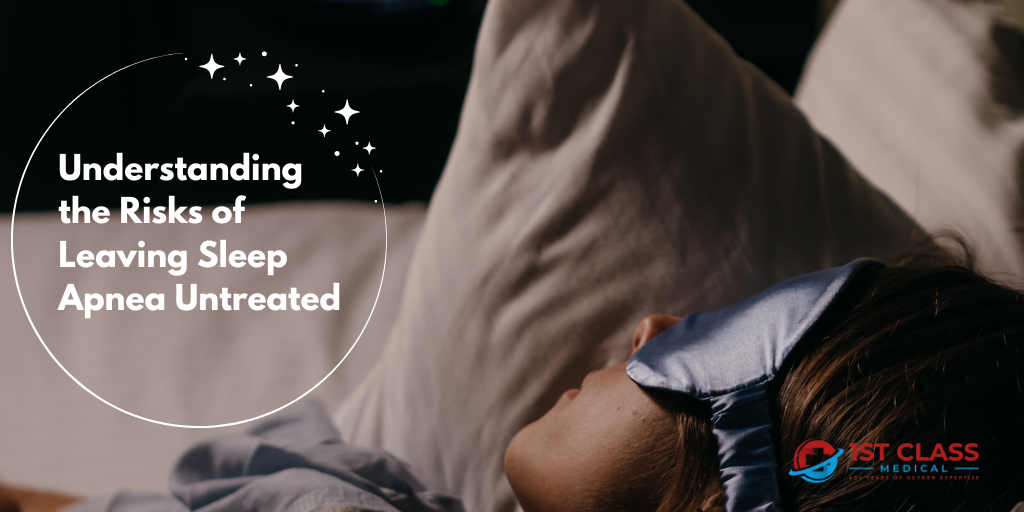


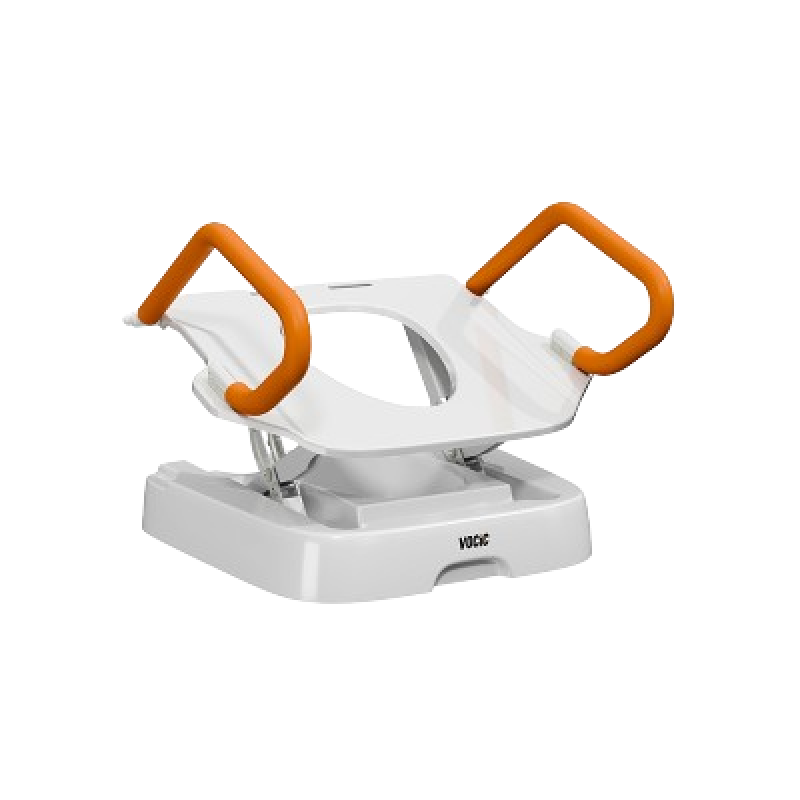
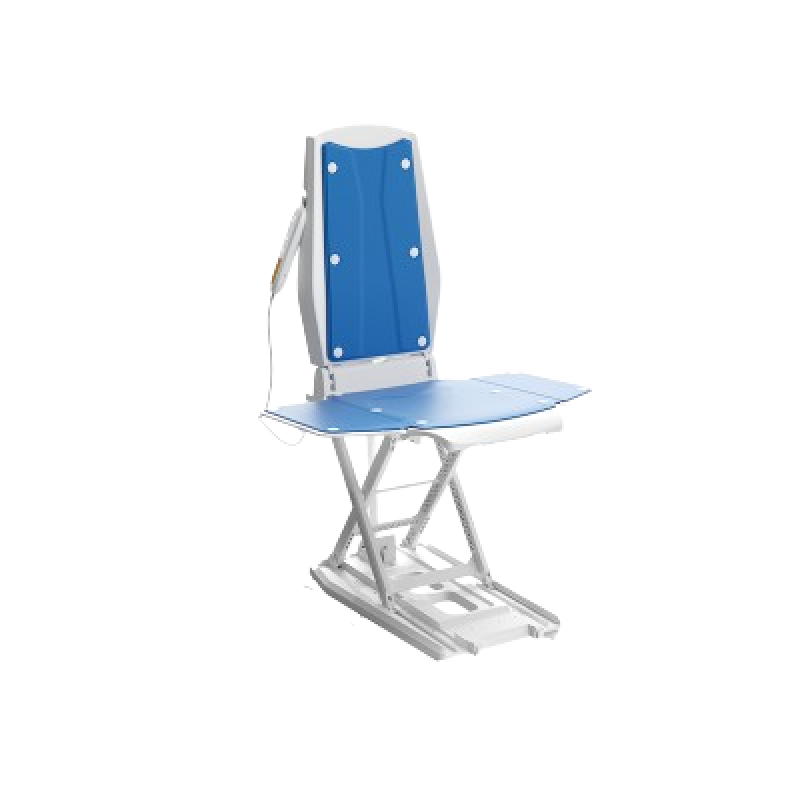
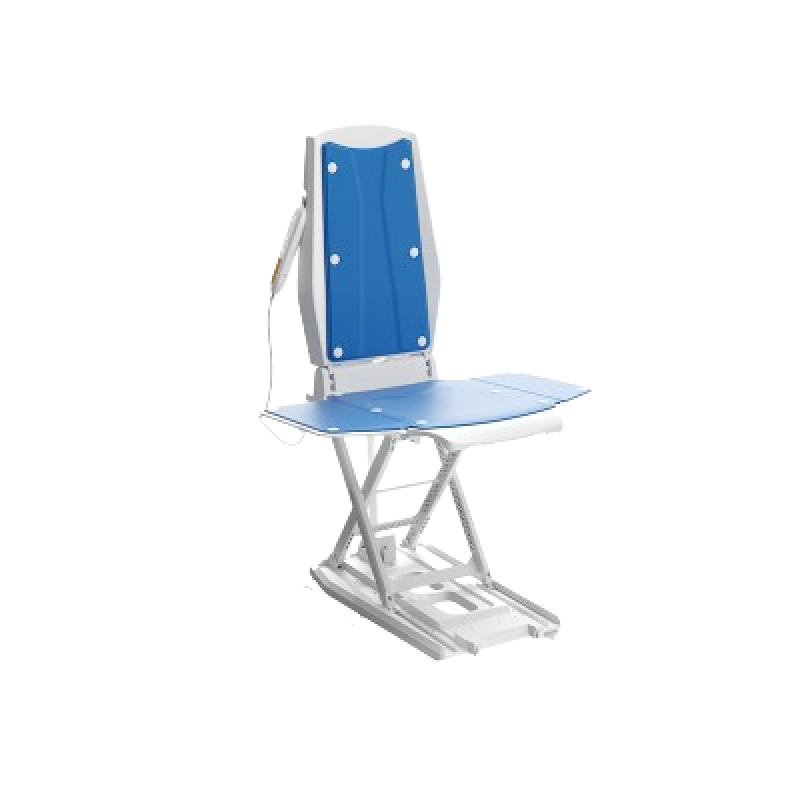
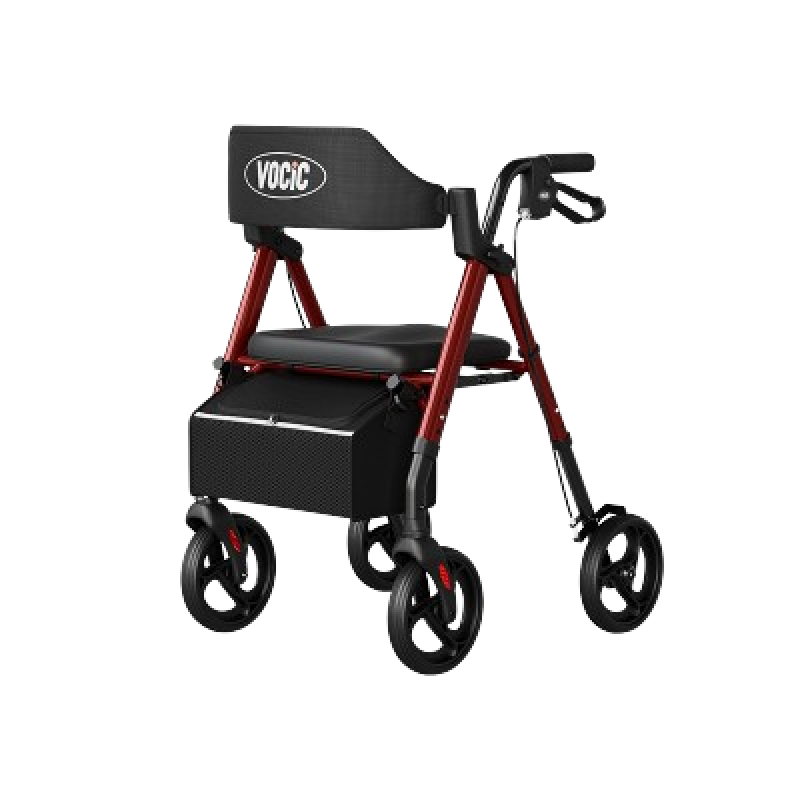
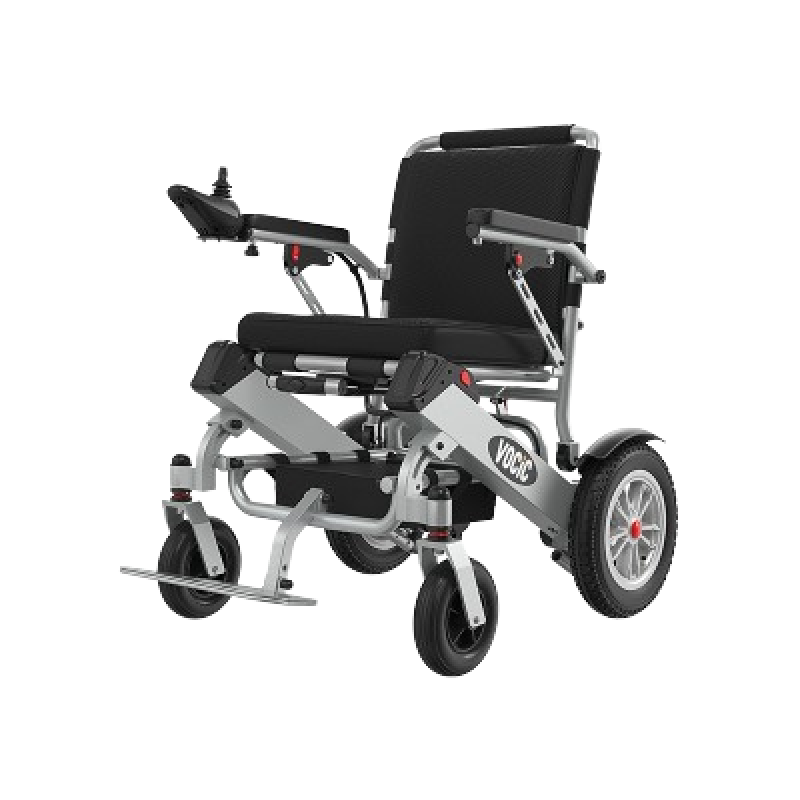


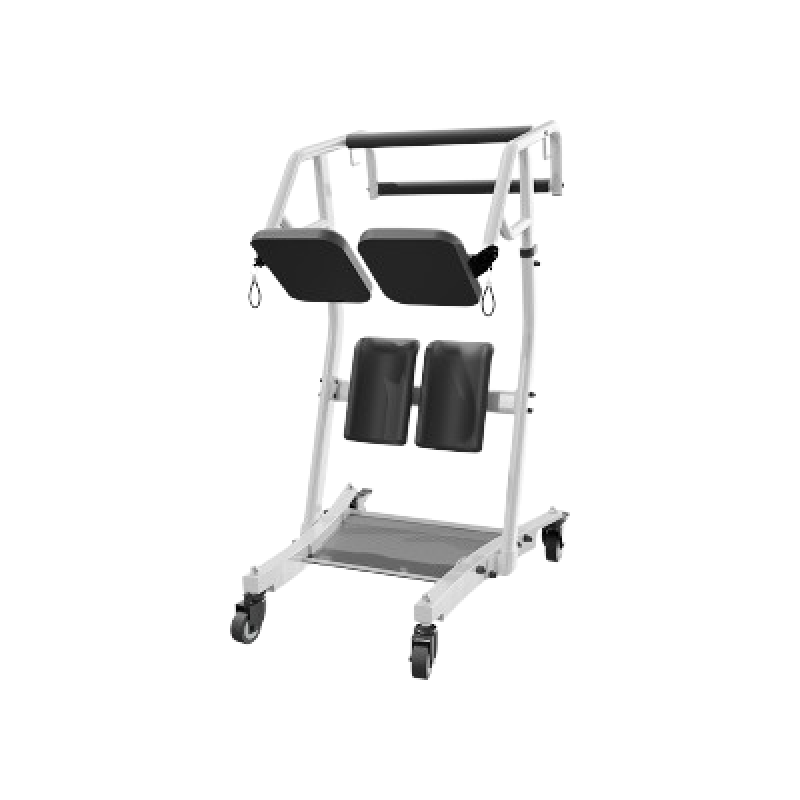
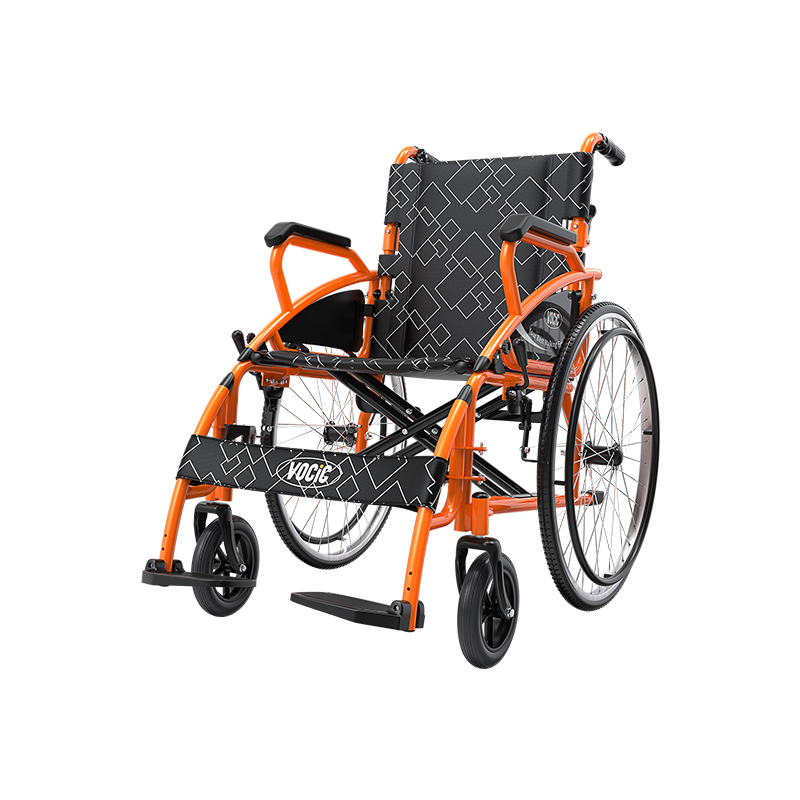

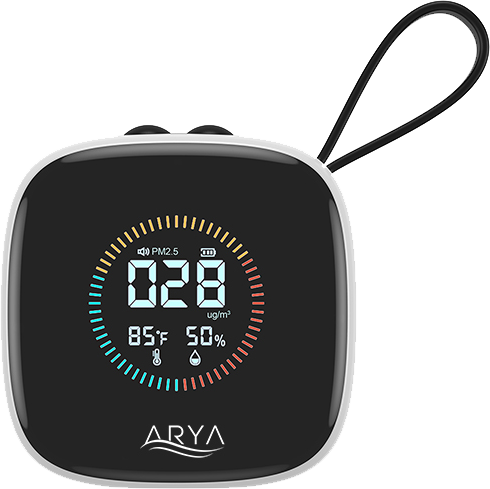
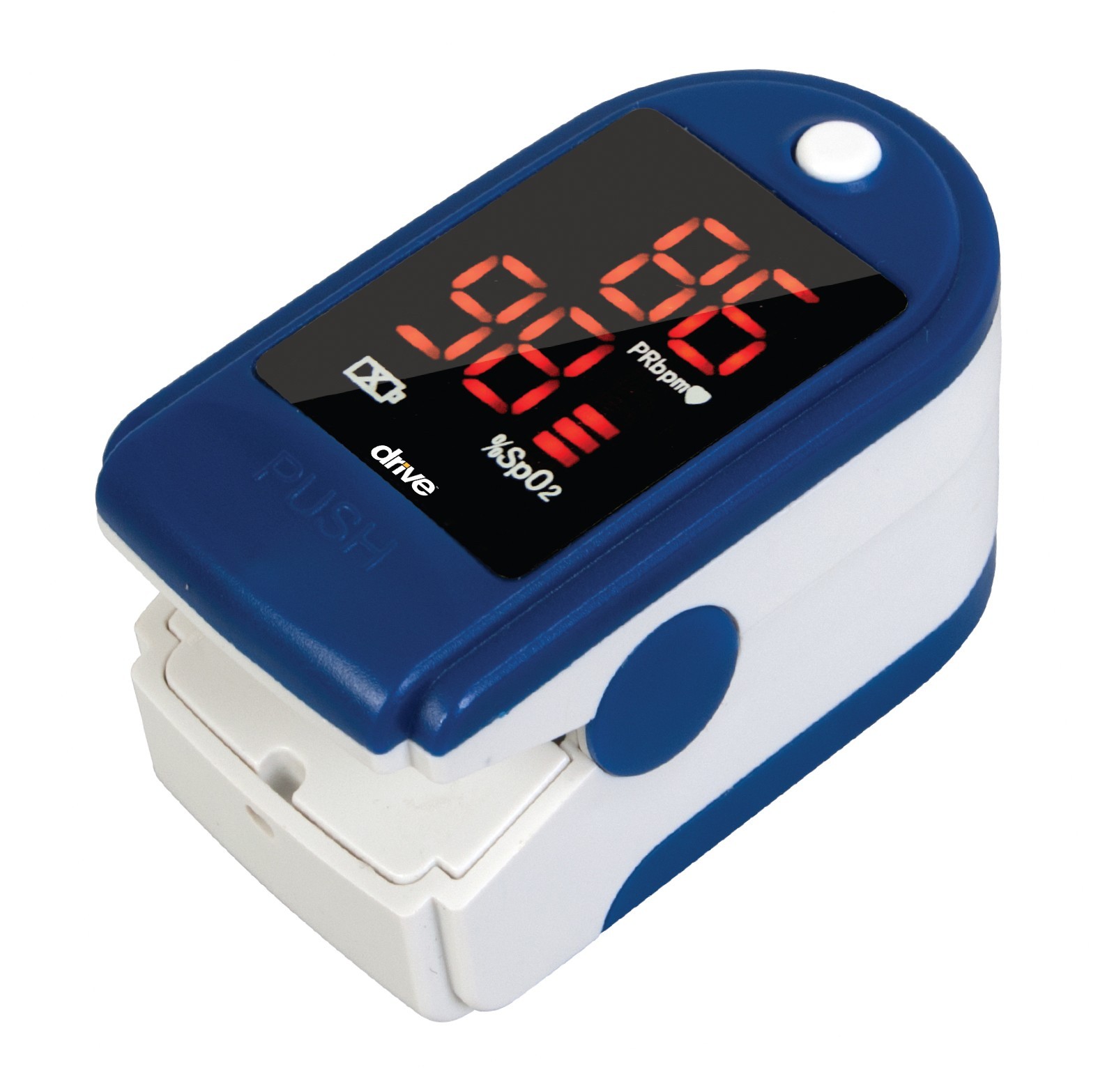

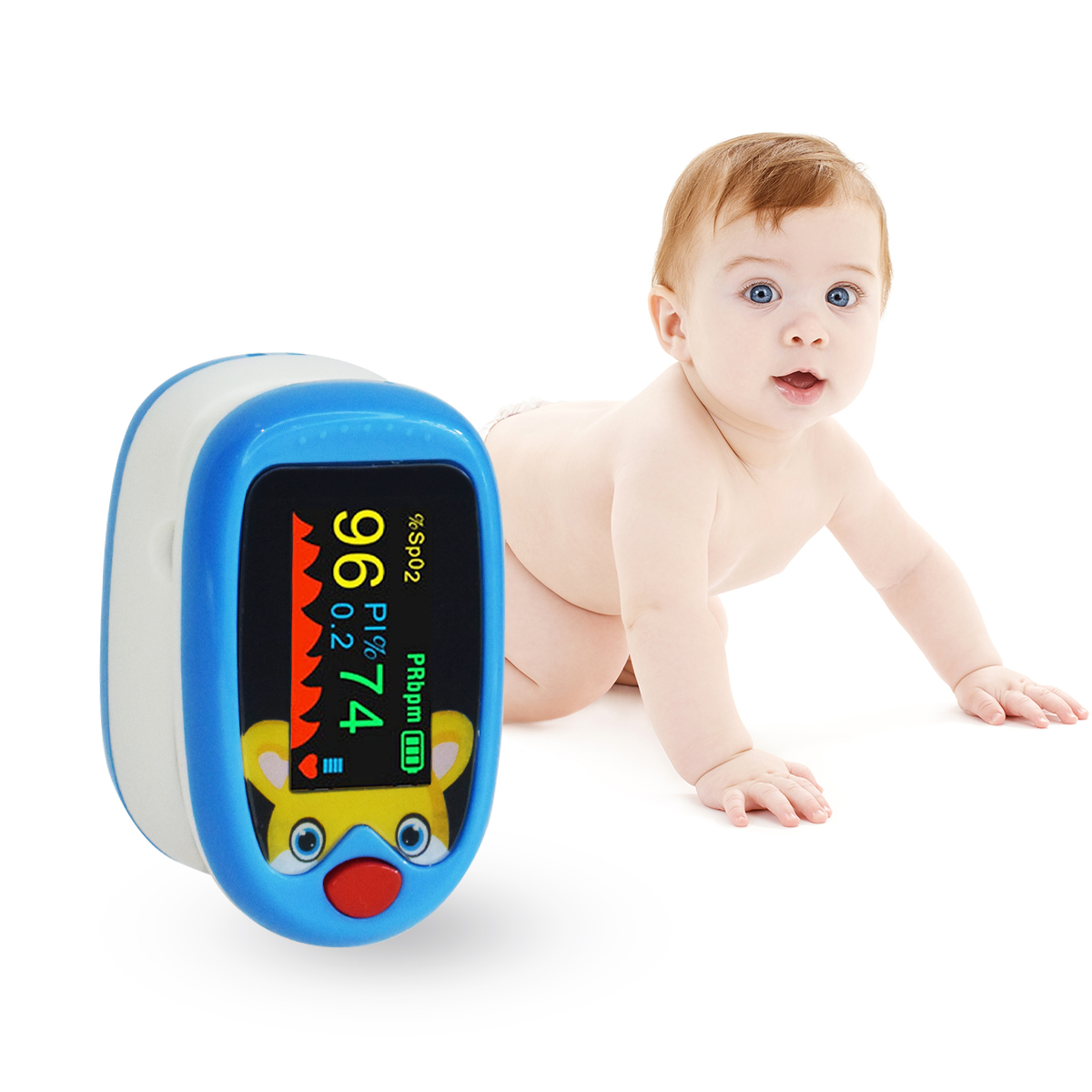
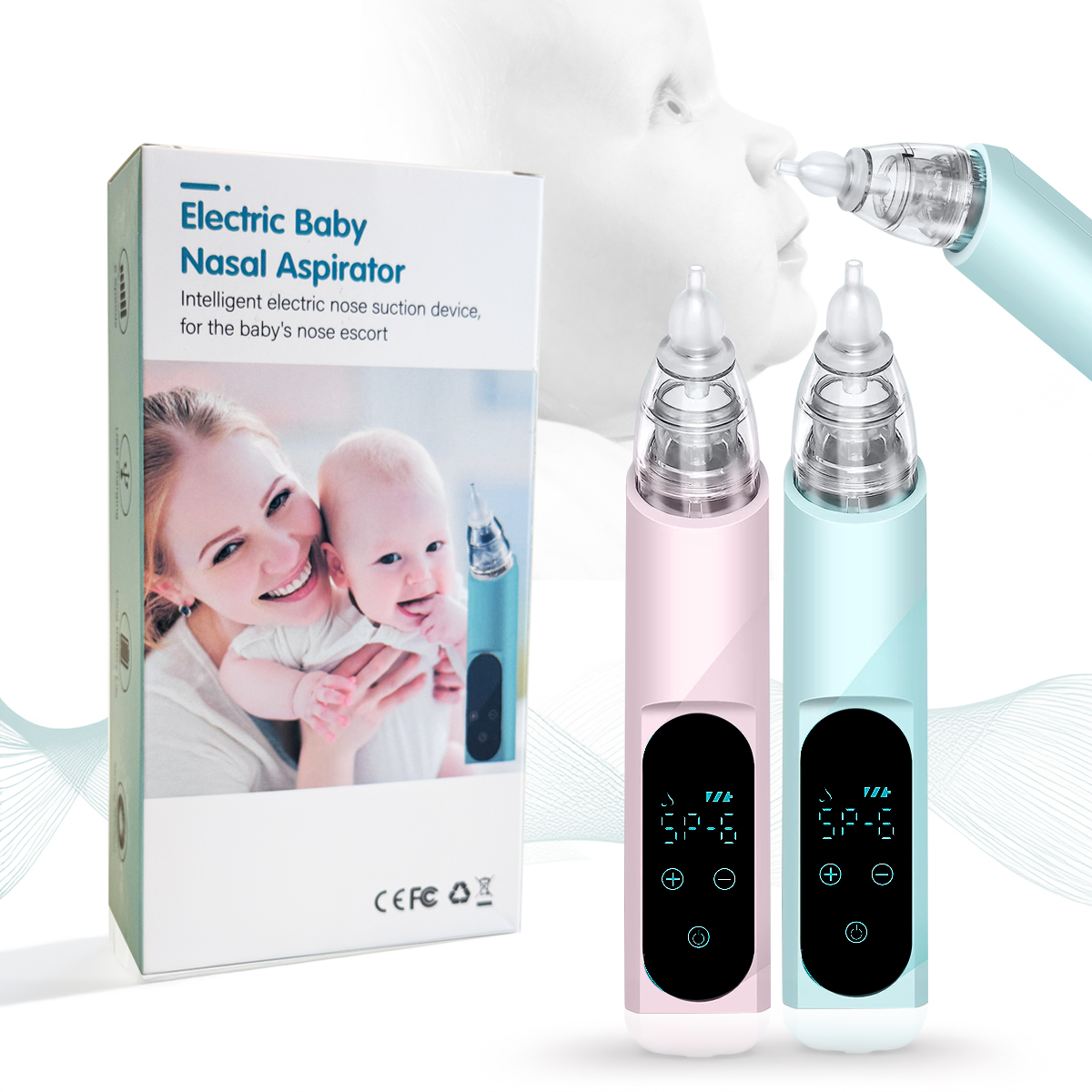
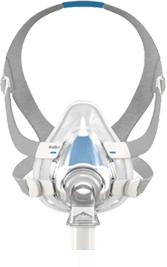
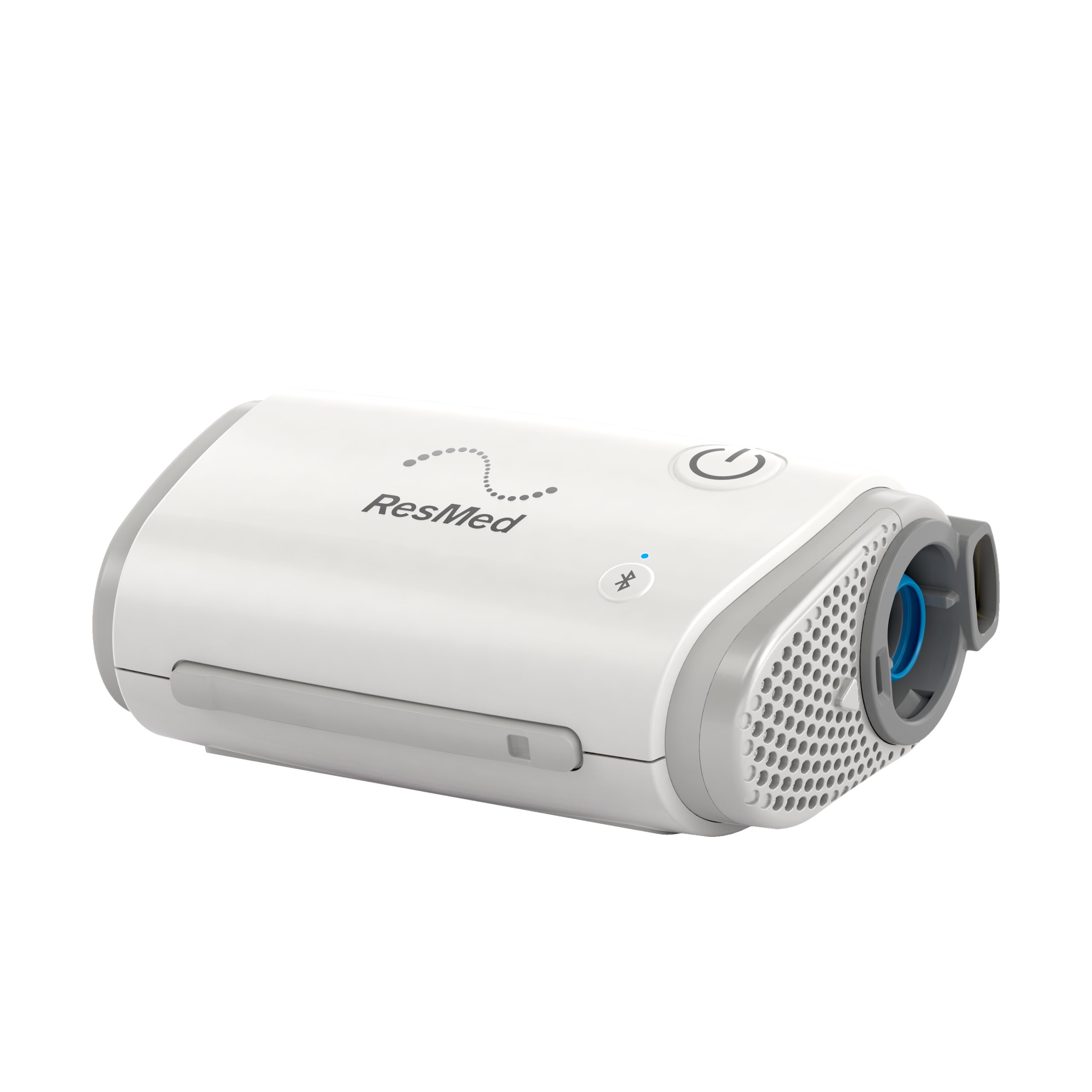
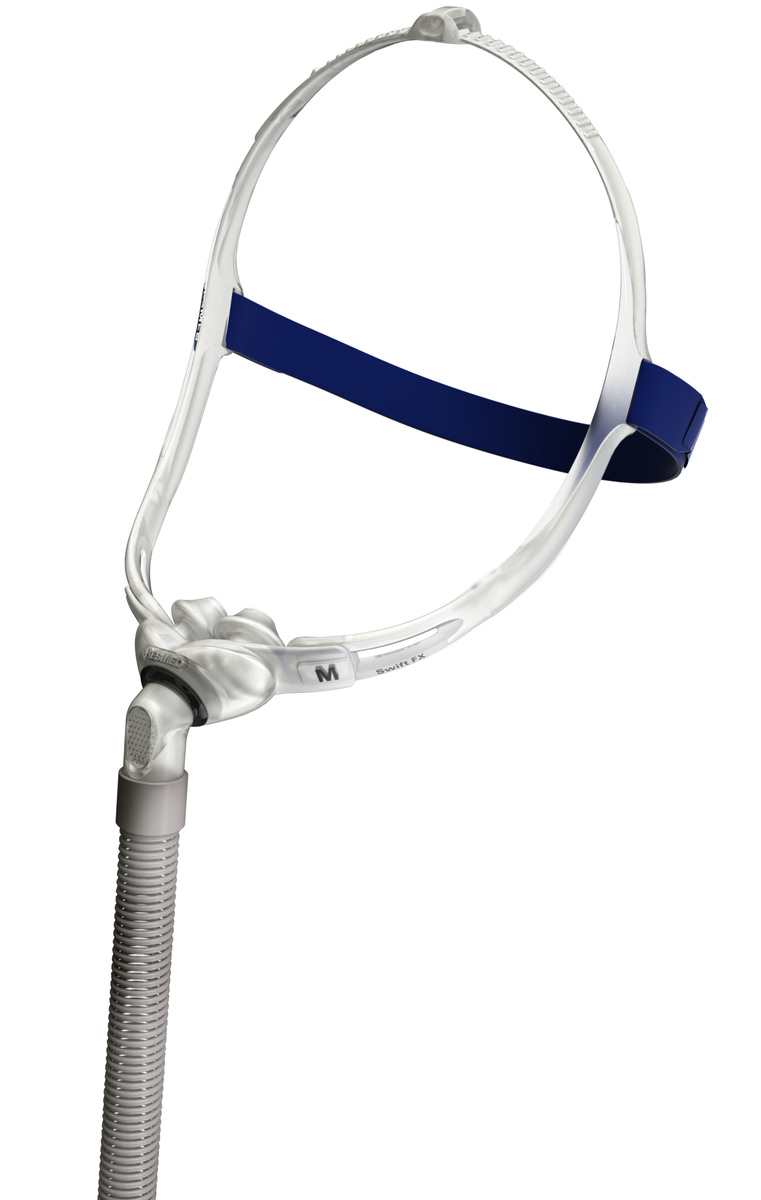
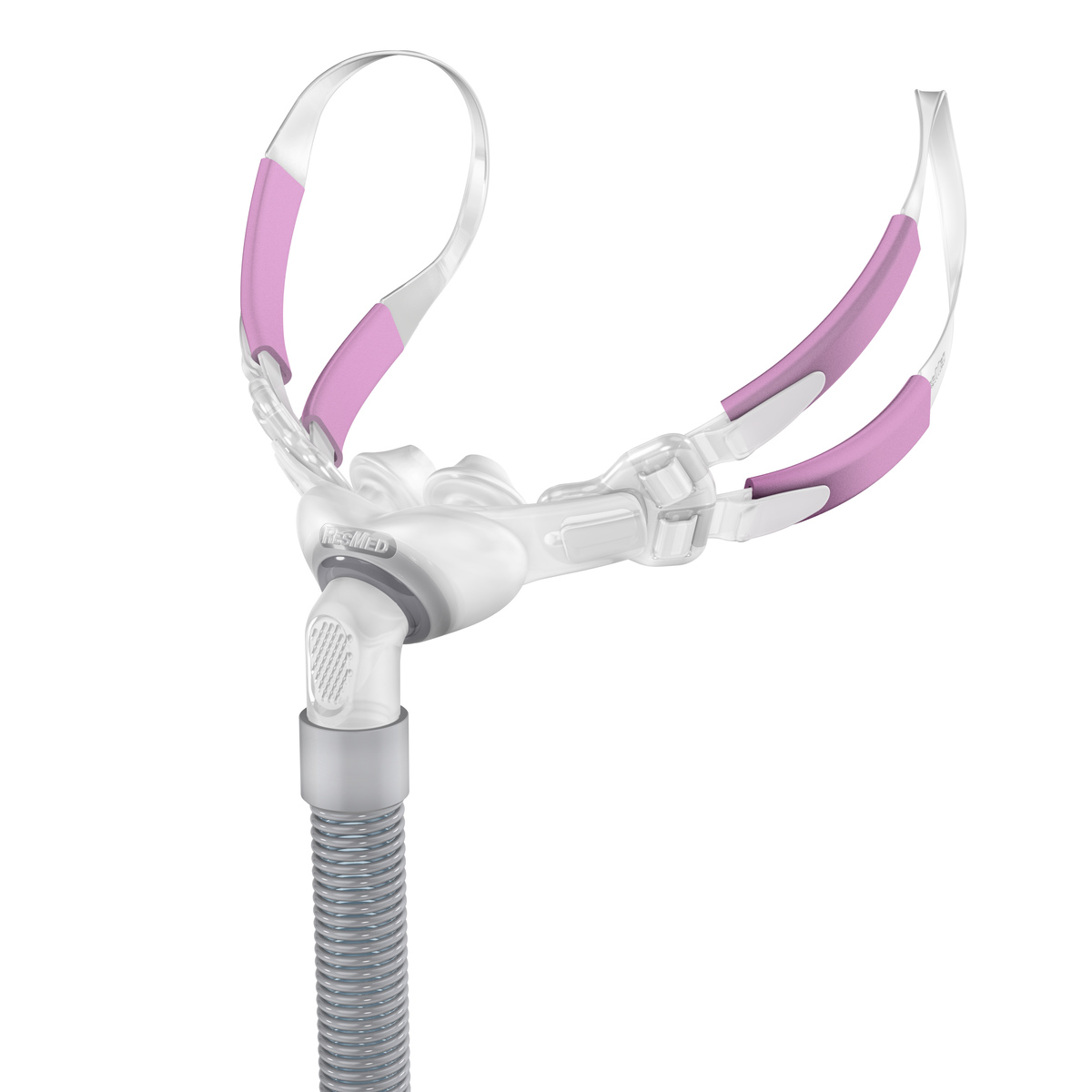
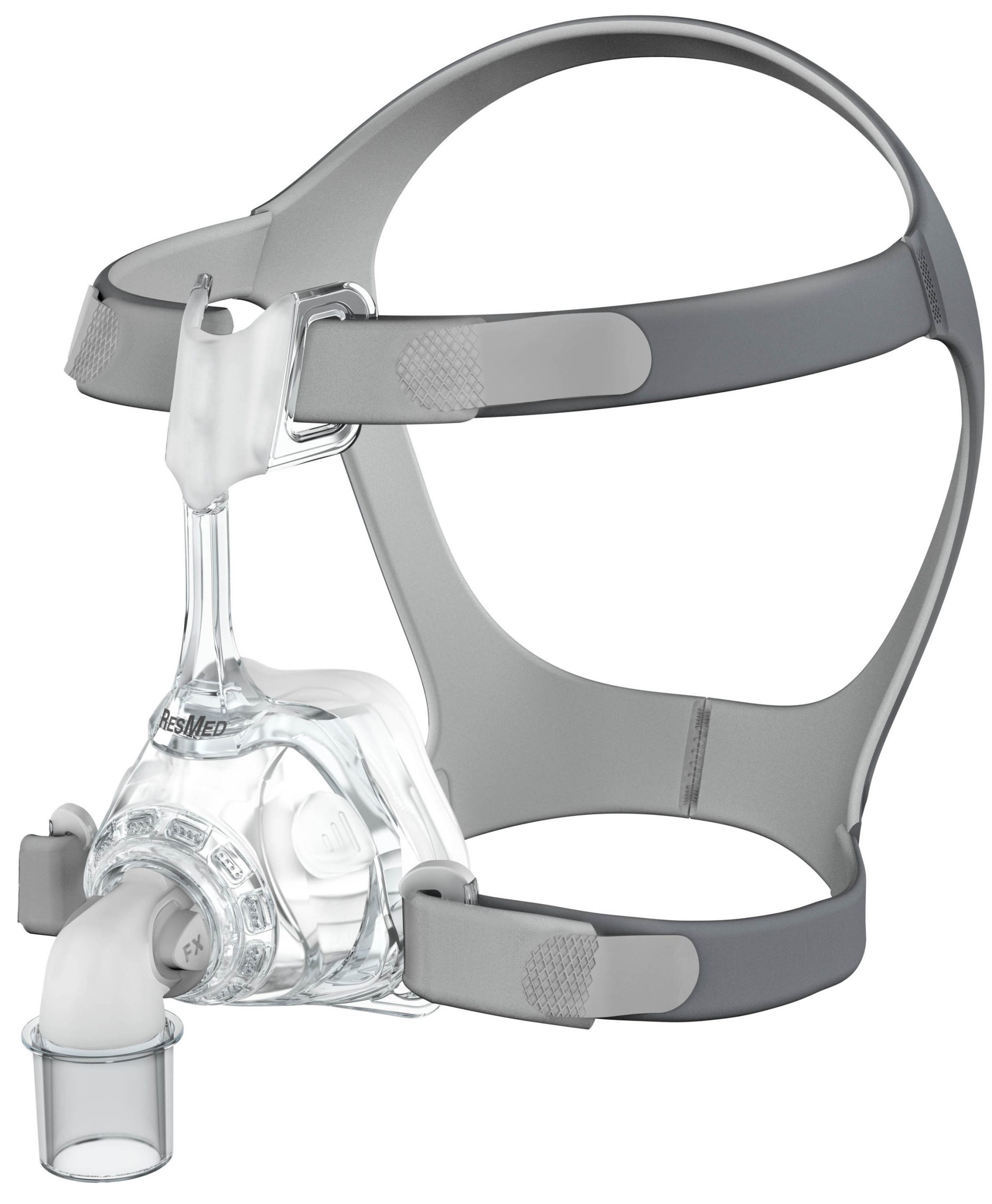
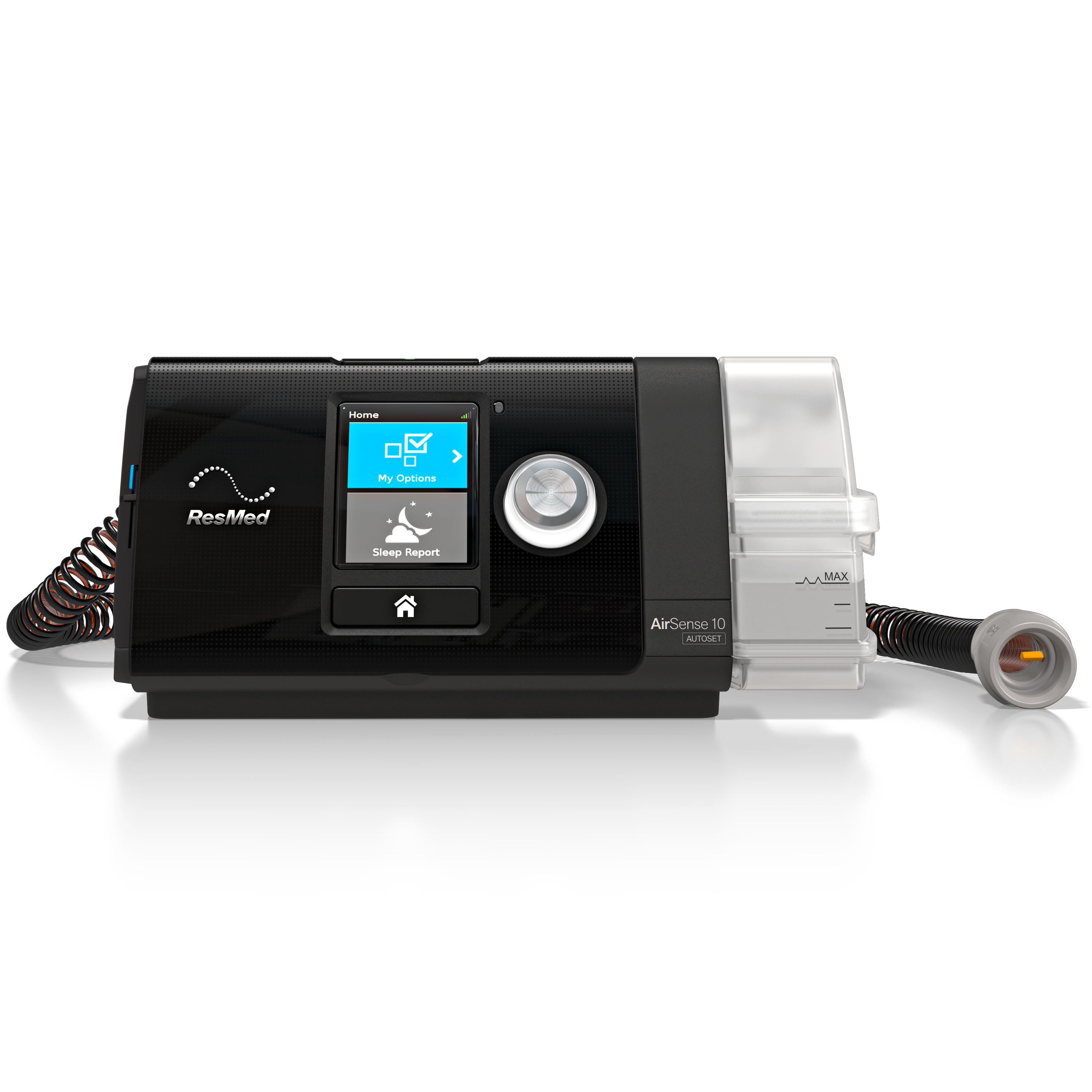
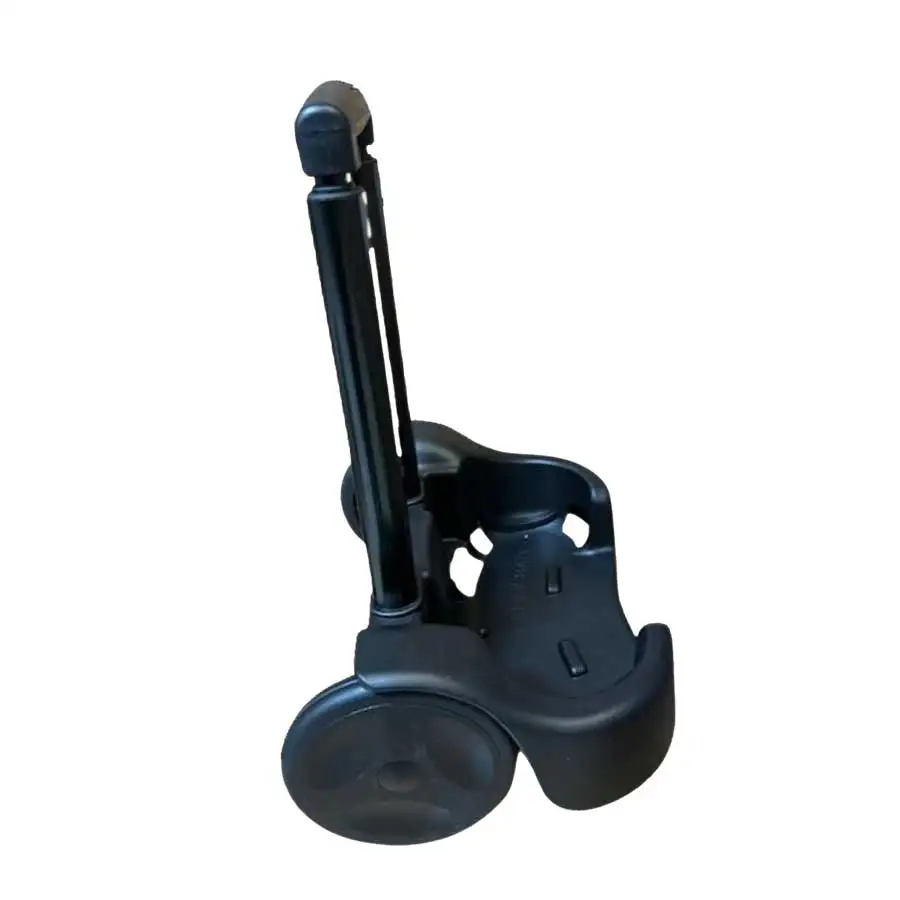
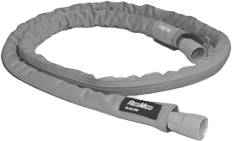
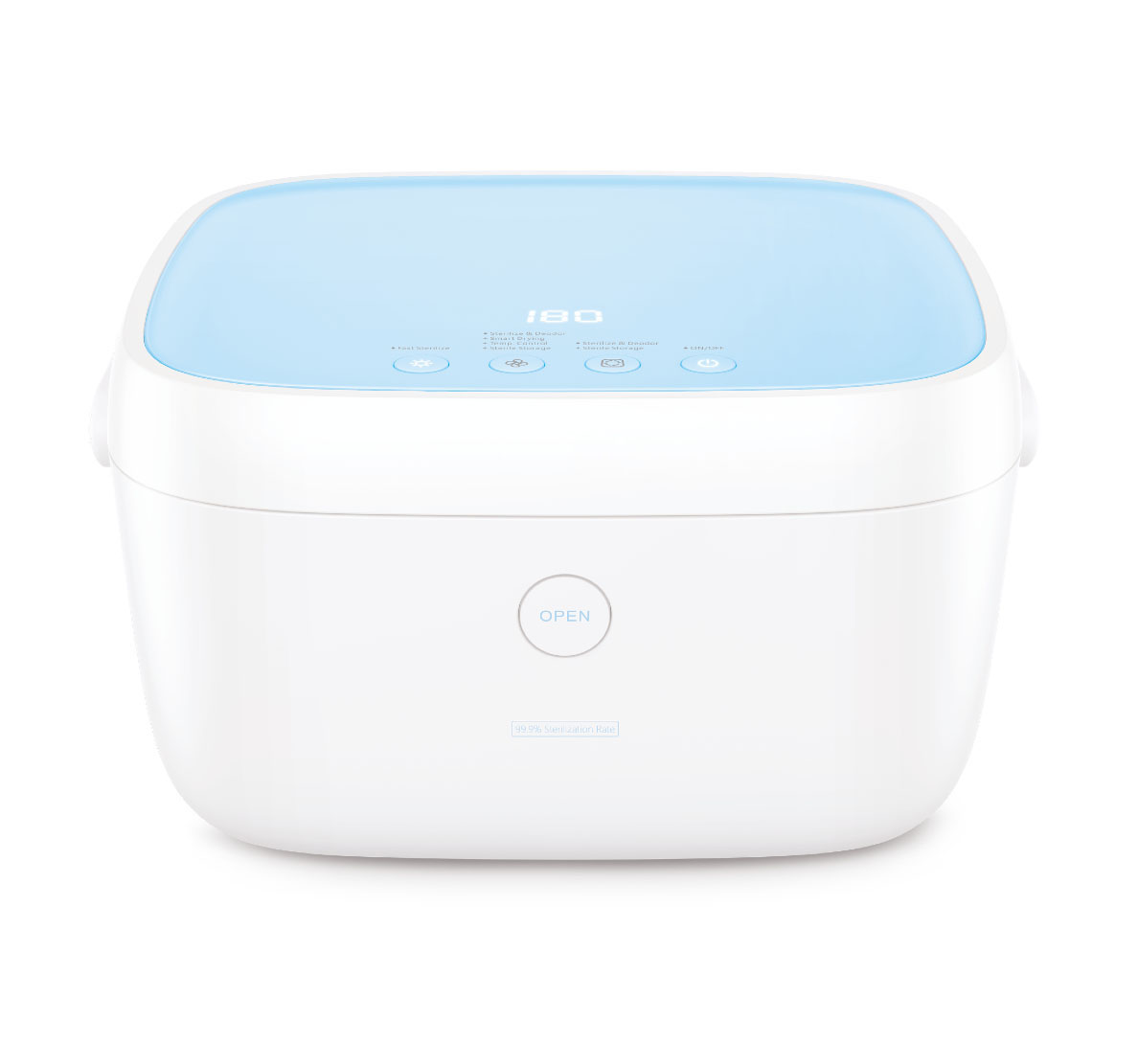
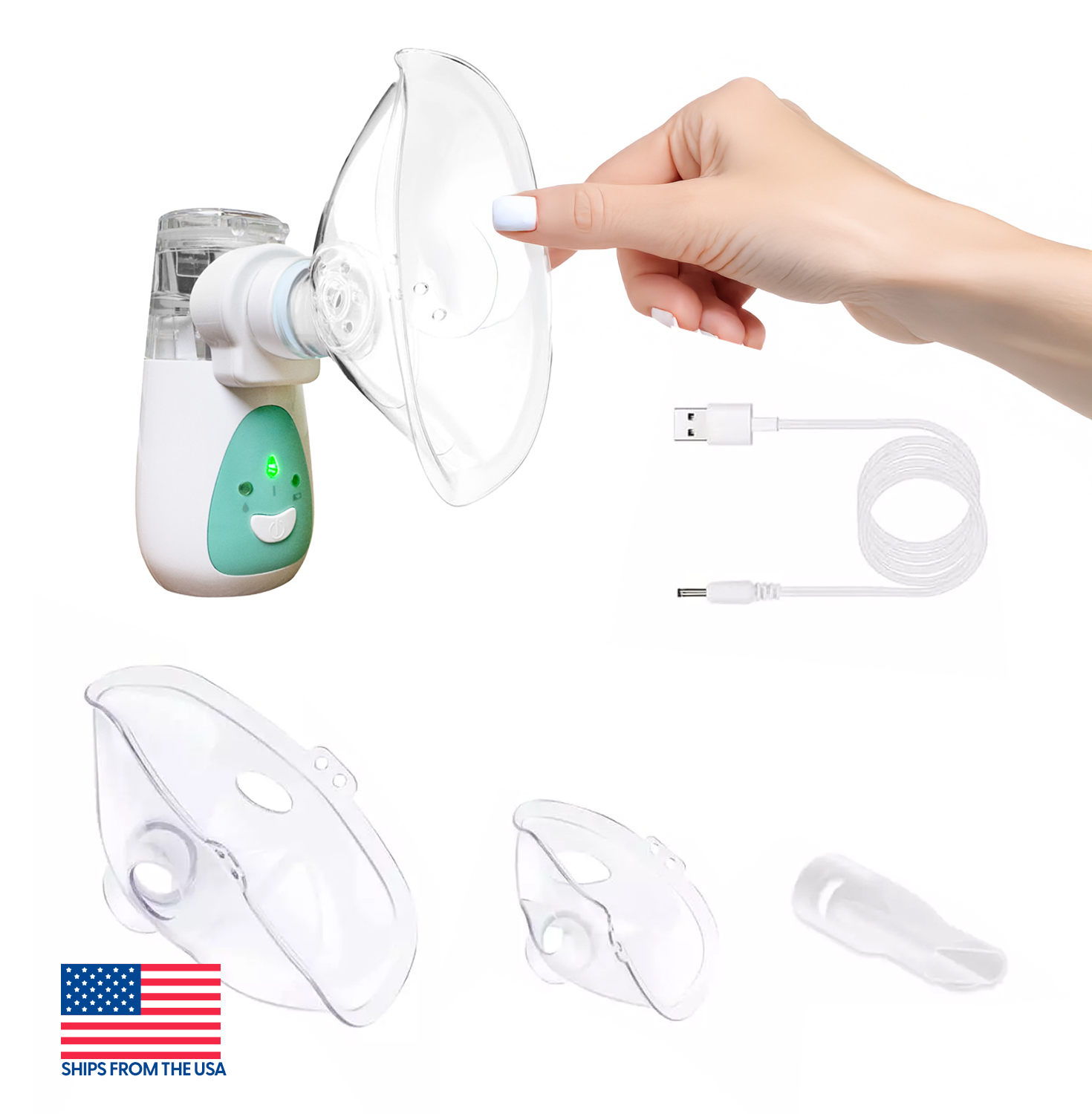
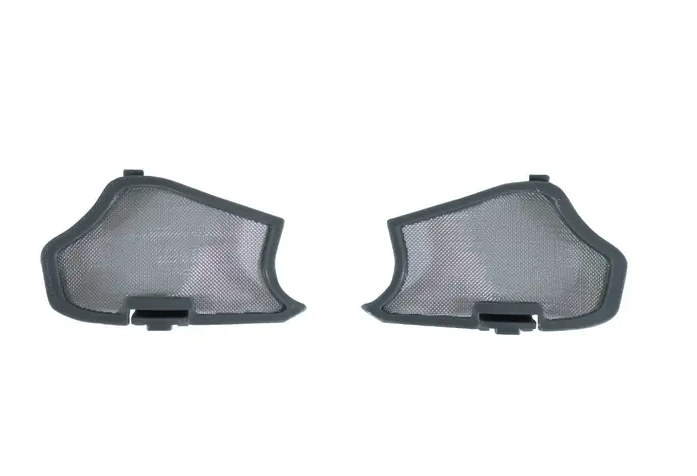

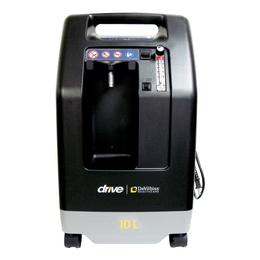
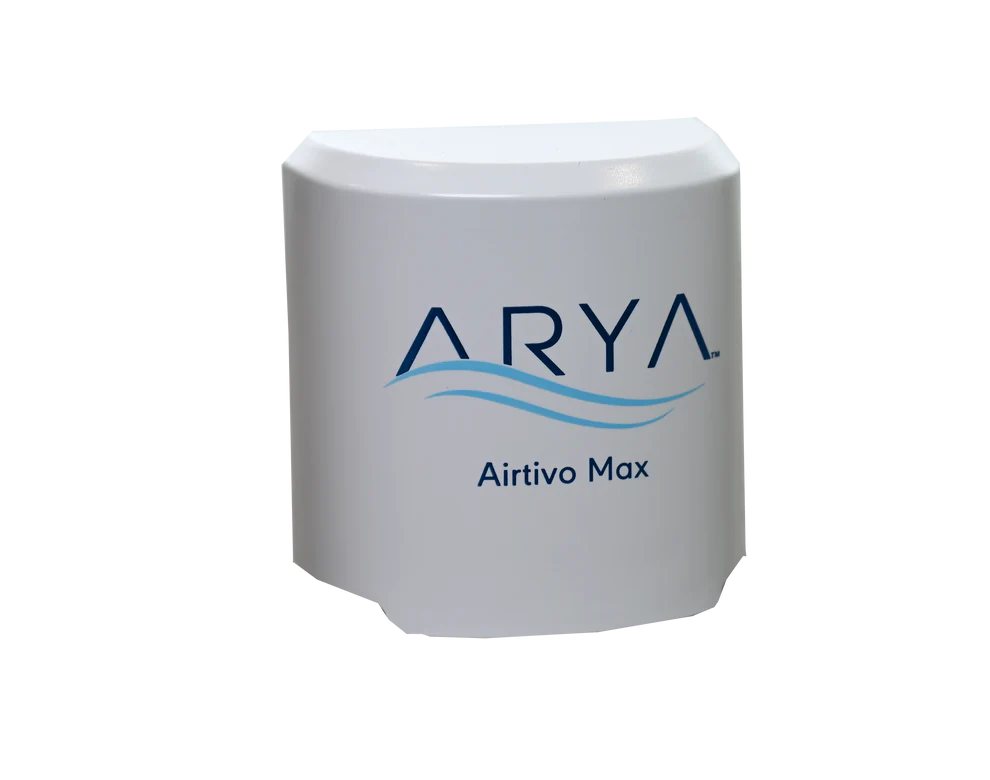
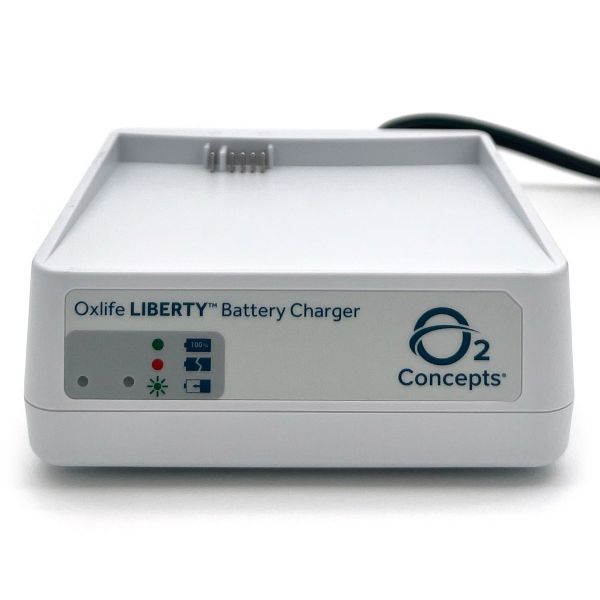
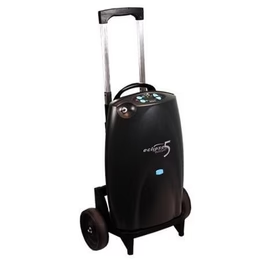
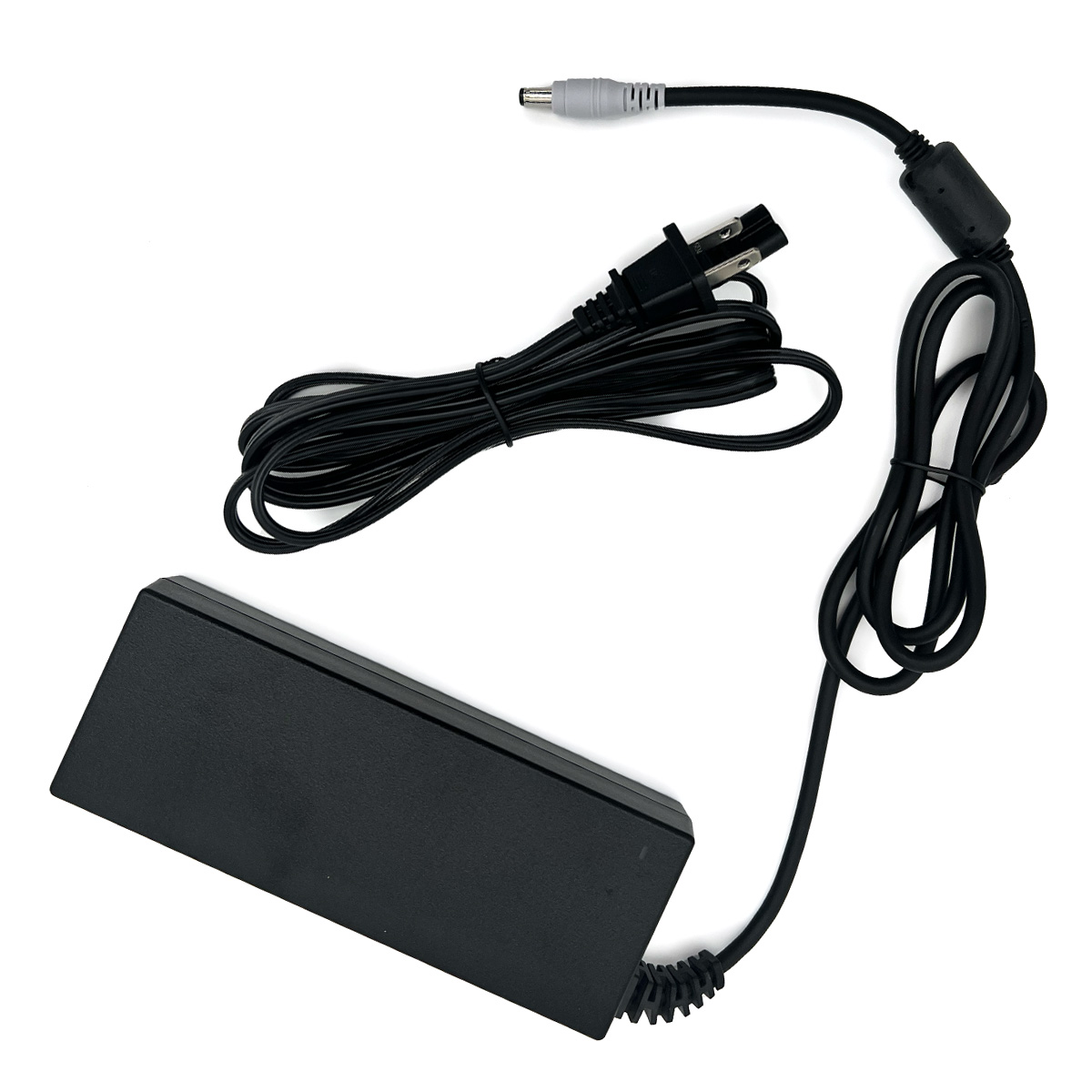
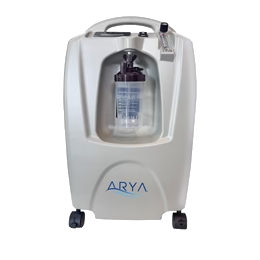
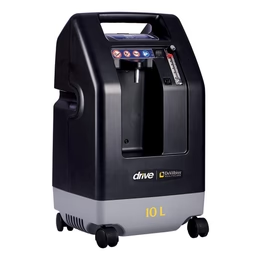
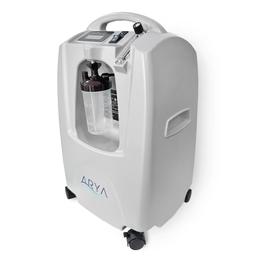
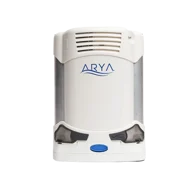
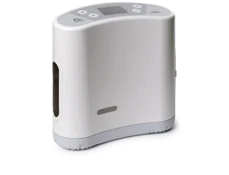
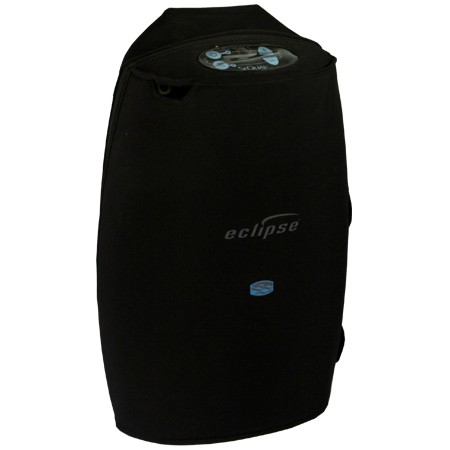
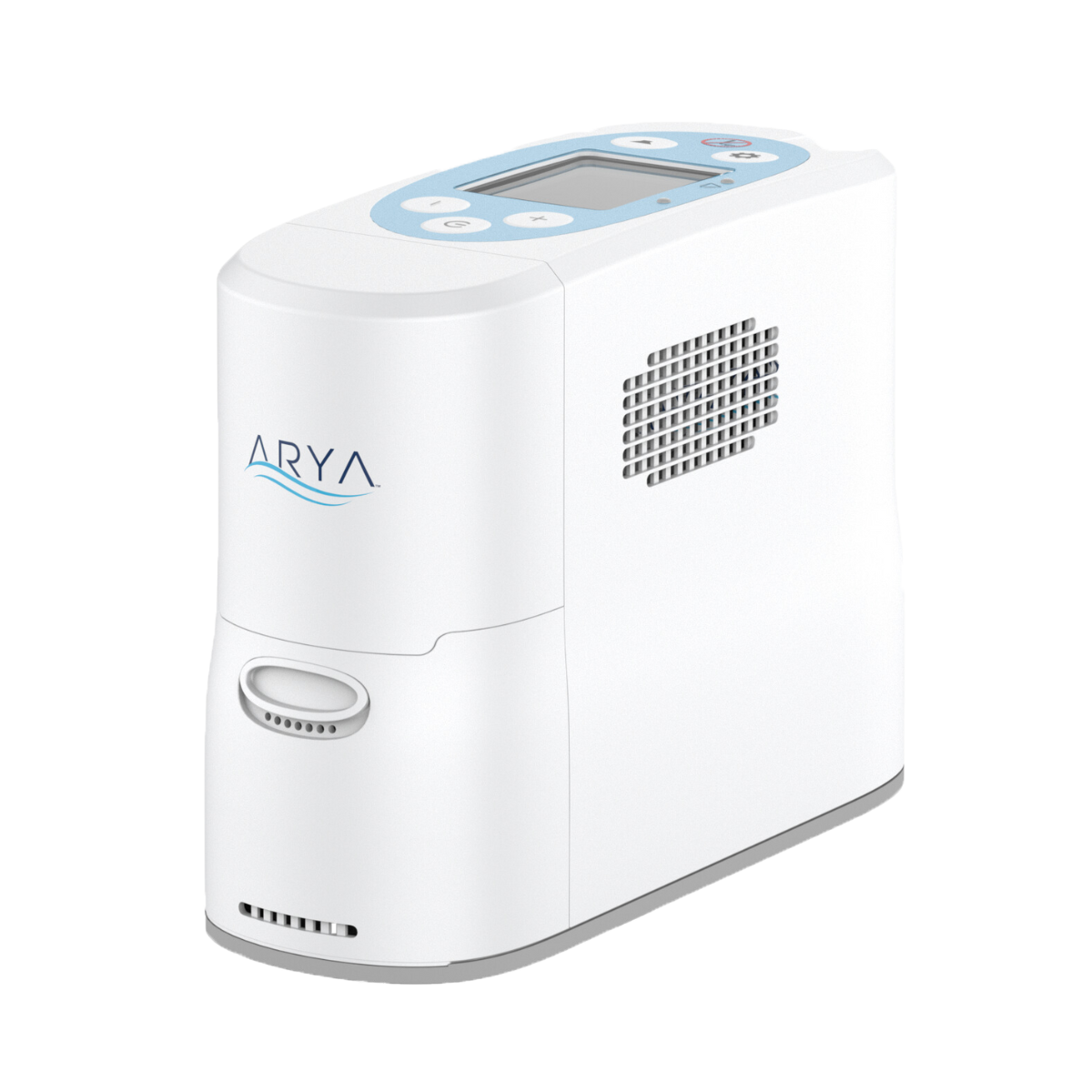
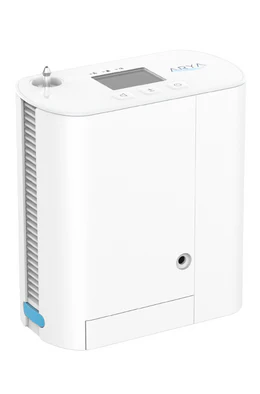
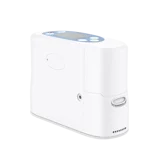
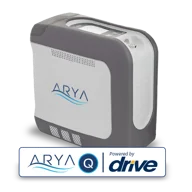
Comments are closed